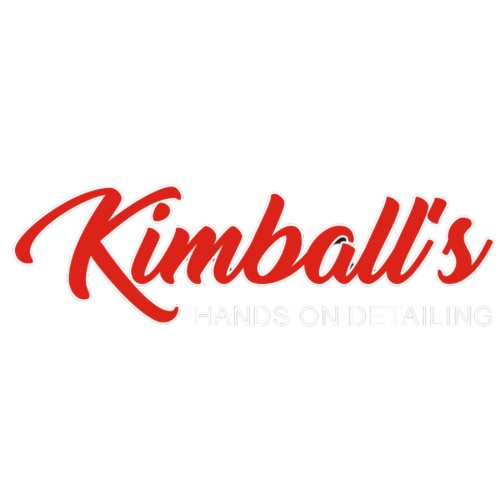Paint Protection Film vs. Ceramic Coating: Which is Right for Your Ride?
Left: Preparing for Ceramic Coating application | Right: Applying Paint Protection Film
Your car's paint is constantly under attack from the elements – sun, road debris, and more. Protecting it is crucial for maintaining its beauty and value. But with so many options available, how do you choose the right one? In this blog post, we'll dive deep into two popular paint protection solutions: Paint Protection Film (PPF) and Ceramic Coating. We'll explore their pros and cons, helping you make an informed decision for your ride.
Paint Protection Film (PPF): The Invisible Shield
Think of PPF as a second skin for your car. This thin, transparent urethane film is applied directly to the paint, acting as a physical barrier against damage. It's incredibly durable and offers superior protection against:
Rock chips and road debris: PPF's thickness absorbs the impact of flying debris, preventing chips and scratches from reaching your paint.
Scratches and swirl marks: Even minor scratches and swirl marks caused by washing or contact with branches are often deflected by PPF.
Bug splatter and bird droppings: These acidic nuisances can etch into your paint if left untreated. PPF provides a barrier, making them easy to remove.
UV rays: PPF helps protect your paint from fading caused by prolonged sun exposure.
Pros of PPF:
Superior protection: PPF offers the best defense against physical damage for the entire vehicle. Add ceramic coating over it for best possible gloss and protection.
Self-healing properties: Our PPF films have self-healing capabilities, meaning minor scratches will disappear with heat.
Long-lasting: Kimball’s PPF has a 10 year warranty through STEK and a limited-lifetime guarantee of 10 + years.
Cons of PPF:
Higher cost: PPF installation is generally more expensive than ceramic coating.
Installation requires expertise: Professional installation is crucial for a seamless and bubble-free finish.
Visible edges: While PPF is transparent, and we wrap every edge that we possibly can, there are still areas where PPF is visible, especially on lighter-colored cars.
Ceramic Coating: The Glossy Guardian
Ceramic coating is a liquid polymer that chemically bonds to your car's paint, creating a hydrophobic layer of protection. It's not as thick as PPF, but it offers excellent resistance against:
Minor scratches and swirl marks: While not as robust as PPF, ceramic coating does offer some protection against light scratches.
Water spots and etching: The hydrophobic nature of ceramic coating repels water minimizes the risk of water spots and etching.
Dirt and grime: The slick surface makes it harder for dirt and grime to adhere, making washing your car easier.
UV rays: Ceramic coating also offers UV protection, preventing paint fading.
Pros of Ceramic Coating:
Enhanced gloss and shine: Ceramic coating significantly enhances the gloss and shine of your car's paint.
Hydrophobic properties: Water beads up and rolls off, making your car easier to clean.
Lower cost: Ceramic coating is generally less expensive than PPF.
Cons of Ceramic Coating:
Less protection against physical damage: Ceramic coating offers minimal protection against rock chips and other impacts.
Shorter lifespan: Ceramic coatings typically last 2-7 years, depending on the quality and application.
Requires proper maintenance: Regular washing and occasional application of a ceramic topper spray.
Which is Right for You?
The best choice depends on your priorities and budget.
Choose PPF if: You prioritize maximum protection against physical damage and are willing to invest in the higher cost. If you drive frequently on roads with lots of debris, or you're particularly concerned about rock chips, PPF is the way to go.
Choose Ceramic Coating if: You're looking for enhanced gloss, easier maintenance, and good protection against minor scratches and water spots, all at a more affordable price. If your primary concern is maintaining a beautiful shine and making your car easier to wash, ceramic coating is a great option.
The Best of Both Worlds?
Many car enthusiasts opt for a combination of both. They might apply PPF to high-impact areas like the front bumper, hood, and mirrors, and then coat the rest of the car with ceramic coating for overall protection and shine.
Ultimately, the decision is yours. Consider your driving habits, budget, and priorities to choose the paint protection solution that's right for your beloved ride. Do your research, talk to professionals, and make an informed decision to keep your car looking its best for years to come.

